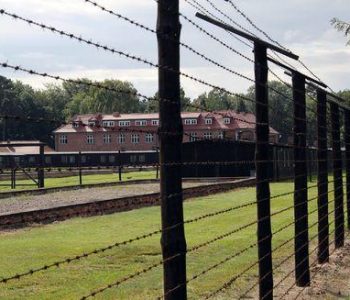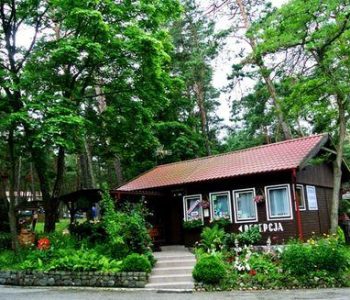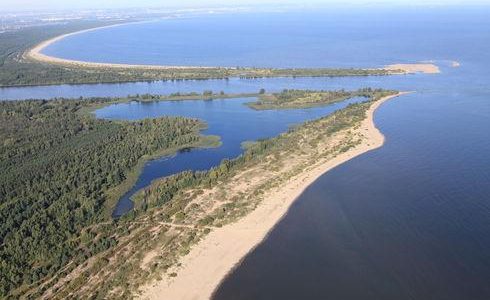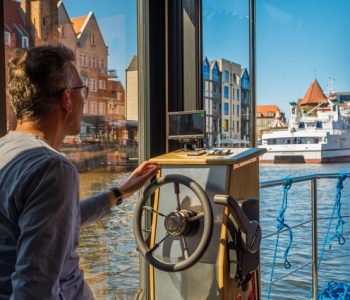In 1465 between the village of Kobbelgrube situated in the area of the present Stegna that was home to a Polish delegation headquarters with Jan Długosz, the famous chronicler, and Sztutowo, which was occupied by the Teutonic Knights, talks were conducted leading to the Second Peace of Thorn (Toruń).
For tourists who want more than to just sunbathe, the Church of the Sacred Heart of Jesus in Stegna will be a great attraction. It is a half-timbered structure built in 1681-83 in the place of a former Gothic structure that was consumed by fire.
On entering the interior, you can admire the incredible decoration of the ceiling which is covered with a thin 35×18 m canvas, featuring Reinhold Schneider’s paintings from 1688. In the centre of this extraordinary work there is the Resurrection scene, while the Final Judgment is located over the presbytery, and scenes from the New Testament are situated in the corners. In the frames of his work, the artist placed the images of 12 Apostles.
Under the ceiling hangs a tremendous model of a ship, which was constructed by F.W. Wehlm. The work was created in 1872 and is a gift from the members of a crew who were delivered from death. The walls are also decorated with Schneider’s works.
The church’s furnishings are Baroque, and particular attention should be given to the main altar, with a copy of Caravaggio’s The Entombment of Christ, fonts, and beautiful decorations of the pulpit.
Up until the end of World War 2 the temple was in Evangelical hands, and later it was taken over by Catholics. Thanks to the efforts of historic building enthusiasts, the 1643 bell, which during WW2 had been taken by the Germans along with 2 other bells, was returned to the belfry
Each year the International Organ Festival is organised here by the Polish Baltic Frédéric Chopin Philharmonic in Gdańsk.


















